Planning a trip to Italy and want to know where the Spanish Steps are? You probably know it is in Rome but where exactly is it and what has happened over the last 300years? In this article, we’ll explain where the Spanish Steps are, how it became to be, and all the drama in between!
Where are the Spanish Steps Today?
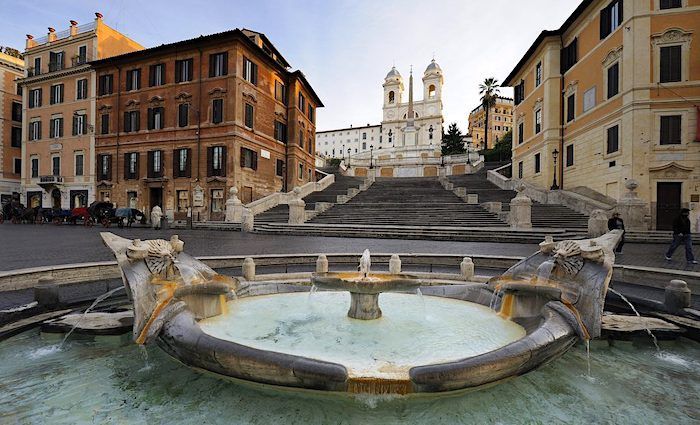
Short Answer: Center of Rome
How long to get there from other famous sites?
- Pantheon by Foot: 15 Minutes
- The Trevi Fountain by Foot: 10 Minutes
- Piazza Navona by Foot: 20 Minutes
Address: Piazza di Spagna, 00187 Roma
I have what I call an impact scale from 1-5. This is when you see something for the first time, how it ” hits” you. This monument definitely ranks up there as a 5 together with the Colosseum and Sistine Chapel.
One of the reasons is the winding roads. All of sudden, out of nowhere-literally the most amazing, Monumental staircase you have ever seen just opens up in front of you.
I still remember the first time that I saw it over 20 years ago- it’s that memorable.
Pedestrian Areas
In order to see the Spanish Steps, you will have to come on foot. In the center of Rome, they have what is called ZTL. This means that only local residents are allowed, with a special permit, to drive in this area. You can take a taxi, which can let you off close, with only about a 2-minute walk from any direction.
One of the magical things about the center of Rome is that there is no rhyme or reason. What I mean is the way the streets were made. One theory is that after Rome was defeated back in the 4th century BC by the Gauls, they rebuilt the city so fast that it still reflects the haphazard streets you see today.
Now that we got that covered, let’s take a closer look into why the Spanish Steps was built and what it means to people today.
Popular Vatican Tours
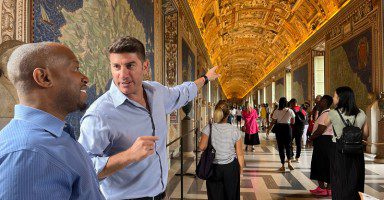
Best Selling Tour
Privileged Entrance Vatican Tour with Sistine Chapel
Without the right access, visiting the Vatican means fighting crowds, long waits, and missing the most significant rooms and works of art. Our privileged entrance tour offers more than just entry—it’s an immersive experience led by a storytelling guide who brings the Vatican to life. Skip the line and explore the Vatican Museums, including the Raphael Rooms, the Sistine Chapel, and St. Peter’s Basilica with engaging insights that make each moment memorable and meaningful.
See Prices
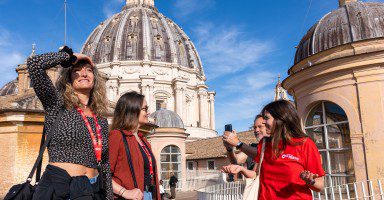
Top Rated Tour
Ultimate St. Peter’s Basilica Dome Climb and Tour with Papal Tombs
Visiting St. Peter’s Basilica and its dome on your own can mean dealing with crowds and waiting in line for hours. Our early-morning tour, led by a captivating local guide, ensures you skip the hassle with privileged access and insider knowledge, including the best times to climb for awe-inspiring views. Explore the stunning Basilica, take in breathtaking panoramas, and descend into the sacred Papal Crypts for a truly immersive experience.
See Prices
What are the Spanish Steps
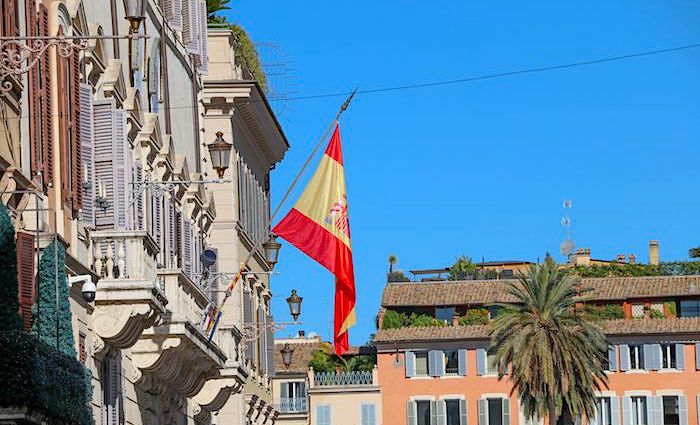
Just like the Colosseum, the Spanish Steps are not actually named the Spanish Steps which appears to be a theme in Rome. They are originally named La Scalinata di Trinità dei Monti which translates roughly to, “The Steps of the Holy Trinity of the Hill.” So why are they so famous?
Architect & Construction
The steps were built with funds left to the city/area by Étienne Gueffier who was a French diplomat. He left 20,000 scudi, the traded coin of the time, to improve the area which went to great use. The goal was to link the church at the top of the stairs, which was also a French church, to Palazzo Manaldeschi below in Piazza di Spagna.
The 135 stairs were designed by Francesco de Sanctis and were completed in 1725 after two years of hard work. The structure was an immediate hit with the local community which made Piazza di Spagna a very attractive place to take up residence. The steps are dedicated to the holy trinity which is represented by their three tiers; Father, Son, and Holy Spirit.
The Nickname
The name of the steps eventually took the name “The Spanish Steps” but only really in English. In Italian, they simply refer to them as la Scalinata which derives from their proper name, “La Scalinata di Trinita dei Monti.” French and Spanish would follow similarly.
The Spanish Embassy, which is in the Monaldeschi Palace, had been there for hundreds of years prior to the steps being built. Also, the square that eventually housed the steps was named “Piazza di Spagna” which most likely took its name prior or after the Monaldeschi Palace was purchased by the Spanish Crown.
The name Spanish Steps most likely was coined by John Keats or Shelley who lived adjacent to the right of the steps when facing them.
Climb up the Stairs
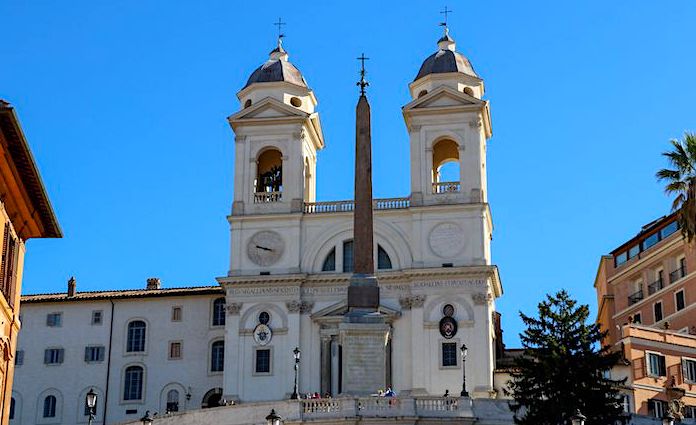
My recommendation is to start the visit at the bottom of the square and hike up the 135 stairs. Once at the top, besides the beautiful view, you can first get a first-hand glance at the 2,000-year-old obelisk at the top.
You can also enter the French church, Trinitá Dei Monti. This church is the actual reason why the stairs were built in the first place. It is definitely worth it to go inside.
Villa Medici
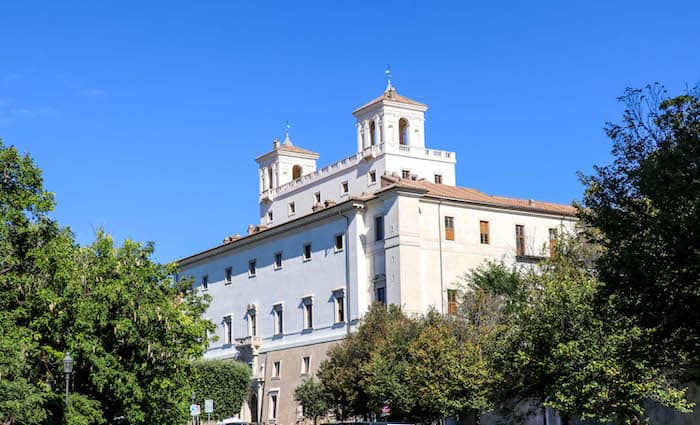
As you walk up Viale della Trinità dei Monti you’ll see a rather awkward-looking building on your right-hand side just a few hundred meters from the Spanish Steps. It looks like it doesn’t belong in Rome and that is because it does not. This is Villa Medici of the famous dynasty of Florence.
Villa Medici has a facade that would fit in much better in Florence which makes sense since the Medici were from there. The rear of the palace is more likely to be placed somewhere in France due to the glorious gardens and architecture. The estate is owned by the French State and is amazing. You can visit easily and take a tour or even sleep the night there.
Yes, you read correctly. You can spend the night at Villa Medici which is easily the most exclusive B&B in Rome unless the Vatican starts to open up their doors and allow visitors. This is a super cool experience that connects you directly to the famed Medici dynasty. Check out more cool places to rest your head in Rome with our article “Where to Stayin in Rome.”
Reservations are taken only directly through Villa Medici. Follow the link for more details.
Top Colosseum Tours
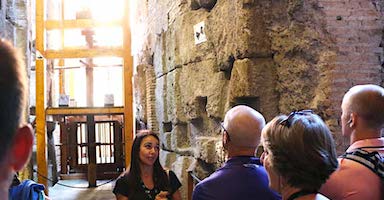
Best Seller
Semi-Private Colosseum Underground Tour with Roman Forum and Palatine Hill
Only 2% of visitors to the Colosseum are able to see the Underground, making tours a rare, exclusive experience. Our tours give you access to the Underground, Arena Floor, and first and second tiers—areas most people never see. Skip the line and enjoy priority access, guided by an expert who brings the Colosseum’s rich history to life. These spots sell out quickly, so don’t wait—secure your place now for this unforgettable opportunity.
See Prices
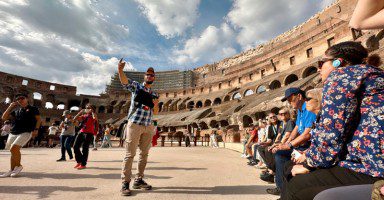
Customer Favorite
Special Access Colosseum Arena Floor Tour Through the Gladiator’s Gate
Reaching the Colosseum’s Arena Floor is no easy feat; tickets sell out quickly, leaving most visitors stuck in crowded corridors with limited views. With us, bypass the lines and enter through the Gladiator’s Gate to stand on the Arena Floor, giving you a front-row view of Rome’s nearly 2,000-year-old symbol of power and glory. With your friendly guide, uncover the Colosseum’s brutal past, then continue to the Roman Forum and Palatine Hill to explore the epicenter of ancient Roman life.
See Prices
The Pincio
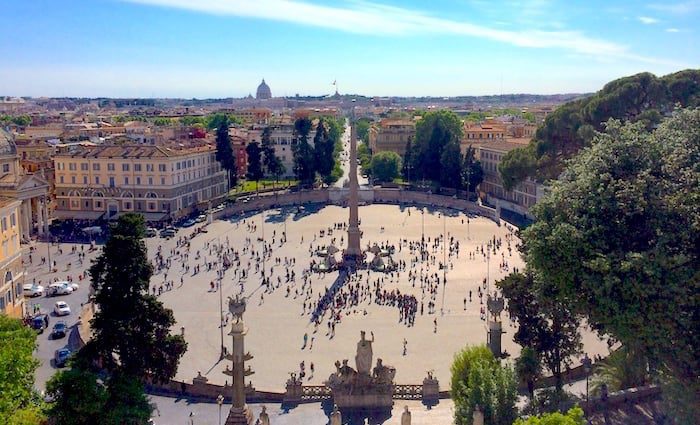
As you work your way down the road after the Villa Medici, you will soon come to one of the best viewpoints of Rome. This hill is less visited by tourists since it is quite a hike to get up. Once you are here, you will enjoy great views of Piazza del Popolo ( look at the photo above).
From here, you can also enjoy my favorite park in town, Villa Borghese. Let’s say that Pincio is where the park ends, so you can just go in the opposite direction. This is also a great place for kids. First of all, no cars are allowed inside and there is also a kid’s playground.
Here’s Where To Stay in Italy’s Most Popular Destinations
Rome, Florence, Venice, Amalfi Coast, and Capri

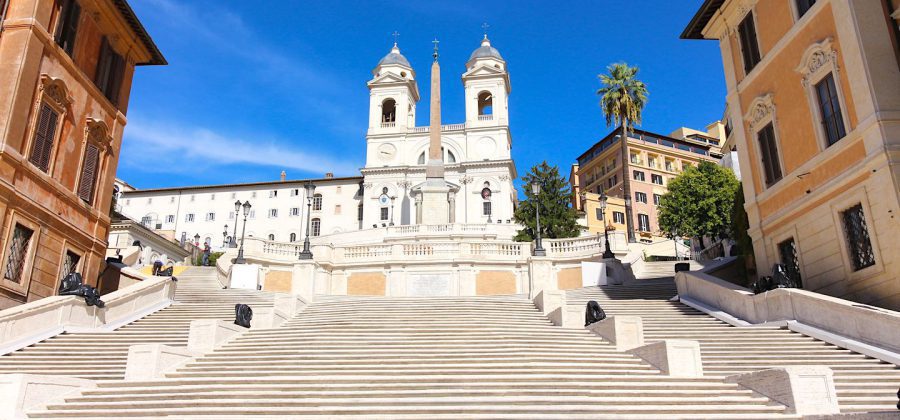
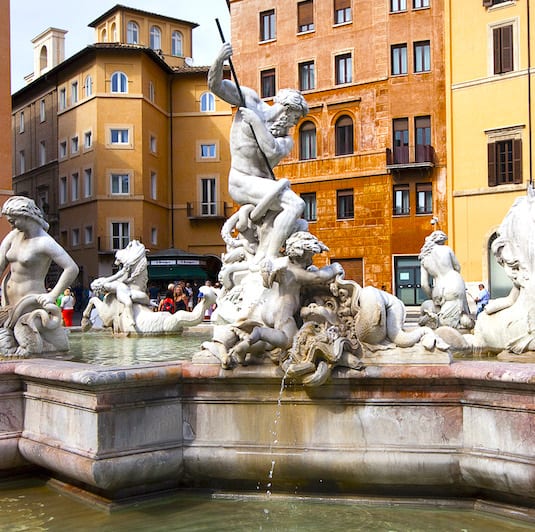
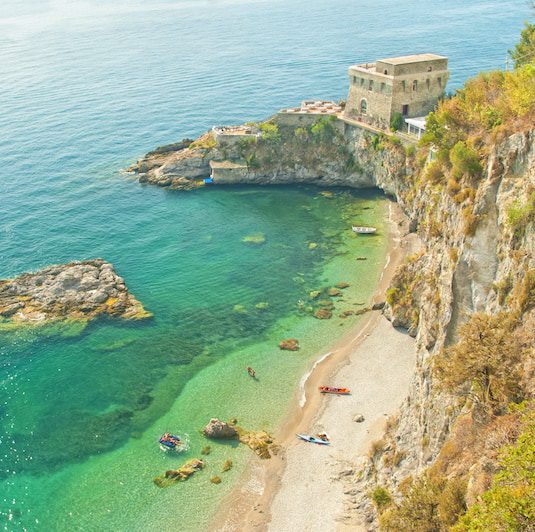
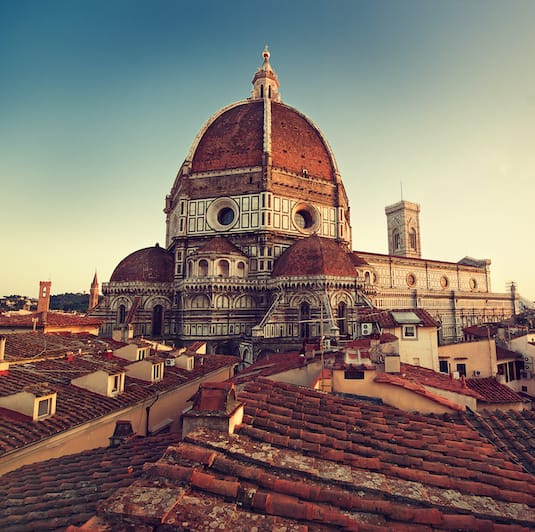
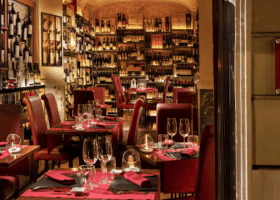
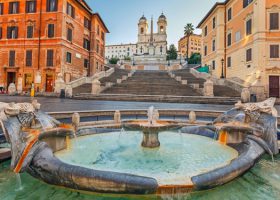
Leave a Comment